Kiev
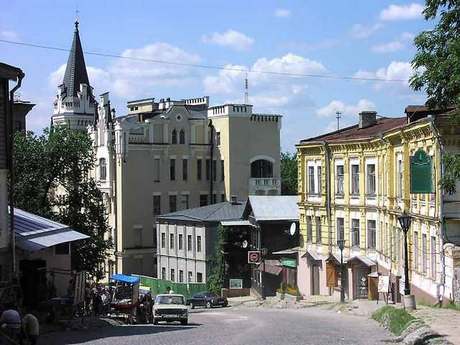
Andreevsky Spusk is one of the oldest streets in Kiev. In ancient days it was the shortest way from the Upper Town to the Podol, or the Lower Town, where merchants and craftspeople used to live. Nowadays this steep and meandering street is a traditional place for arranging concerts, art festivals and city holidays. On Andreevsky Spusk there are many interesting picture galleries and souvenir stores. This street is often called Kiev's Montmartre, as any time one can see here artists displaying their works. It is also the place where singers and actors give their performances.
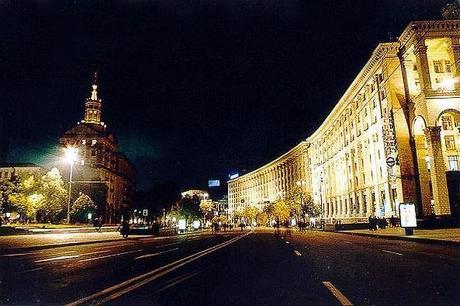
Kreschatik is the most famous and one of the busiest streets in Kiev. It is a wide boulevard with plenty of chestnut trees. It is hard to believe that some time ago on the site of Kreschatik used to be a valley and a river surrounded by forest. The valley was called Kreshataya (Crossed) because it was intersected by many ravines. It was one of the favorite hunting places of Kiev princes.
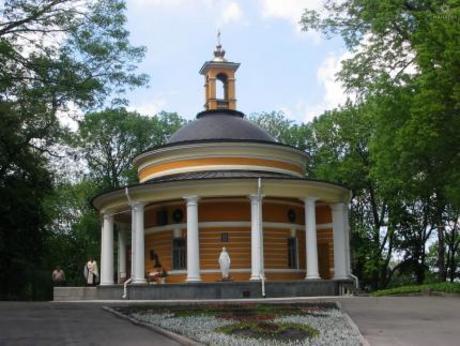
Askold's Grave is a part of the park complex on the right bank of the Dnepr River. In ancient days this area was called Ygorskoe Urochishe. According to a legend, on this very site near the Dnepr River in 882 prince Oleg killed sons of Kie, princes Askold and Dir. Then he ascended the prince throne and became a very successful ruler of Rus. As for Askold and his brother, they were buried on the place where they were killed. According chronicles, Askold was honored by Kievers. There are reports that he was baptized in Tsargrad in the 860s taking the name Nicholas and that he tried to convert Rus to Christianity. However, some historians offer a hypothesis that the story of Askold and Dir murder is just folklore, but still people consider Askold's Grave to be the place of Kiev prince burial. The site of Askold's tragic death was marked by constructing a small wooden chapel.
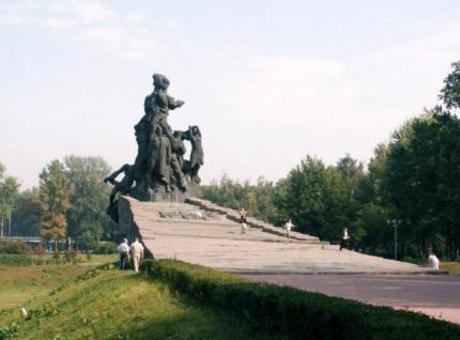
Babiy Yar is a ruefully known place of grief over the victims of appalling genocide, anti-Semitism and World War II. Babiy Yar is a ravine that became the communal grave of thousands of people who were butchered by the Nazi.
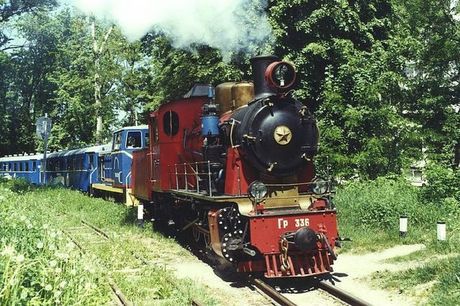
Some people think that children railway is just a toy, a little steam engine and cars with a remote control. It is not really true. Children railway is a narrow-gauge line with real trains and stations. Children in the age of 9-15 years old work on the railway as machinists, train-drivers, conductors and so forth. All summer long, supervised by experienced professionals, they drive trains, take care of the cars and transport passengers. All year long children study the basic principles of railway functioning and hone their skills of working on the railway, so that in summer they could demonstrate their abilities and acquirements.
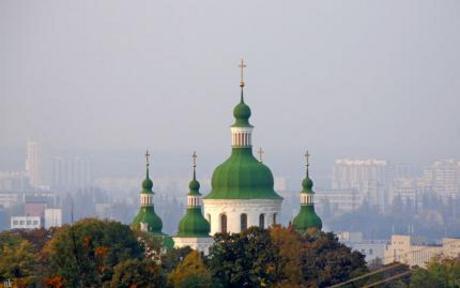
Saint Cyril Church was built near Dorogozhichi region in the middle of the 12th century. The church was founded on the territory of old monastery, on the hill. It served as a summer residence and family burial place for the dynasty of Olgovitch princes. In 1194 in the church Kiev prince Svyatoslav, the hero of the ancient Russian poem The Lay of Igor's Host, was interred.
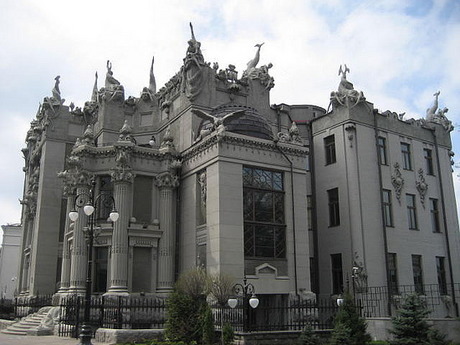
In 1901-1903 popular and spectacular Kiev architect Vladislav Gorodezhkii put up a private house that is known as a House with Chimeras. Inside and outside the building is decorated with quaint and sometimes even freakish sculptures, including maidens on fantastic fishes, elephants, rhinoceroses, antelopes, frogs, lizards, eagles, snakes and even a little crocodile. The sculptures are made of cement, and there is a legend saying that architect Gorodezhkii together with companies producing cement intended to construct a house that would be kind of advertisement for new building material. Modern historians consider this legend to be close to reality, because Gorodezhkii was one of the owners of cement producing plants. So orders for the materials that followed after the House with Chimeras construction would be very profitable for him.
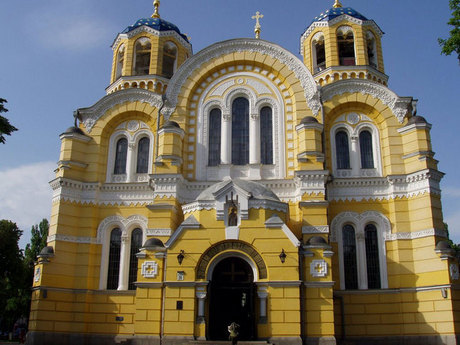
Saint Vladimir Cathedral is one of the most beautiful temples in Kiev. It was built in the 19th century to commemorate the 900th anniversary of Russian baptizing. Russian Emperor Nicolas I himself approved the project of the cathedral and ordered to collect money all over Russia. By 1859 more than 100,000 rubles were donated by people of different regions of the country. Kievo-Pecherskaya Lavra donated one million bricks for the cathedral construction.
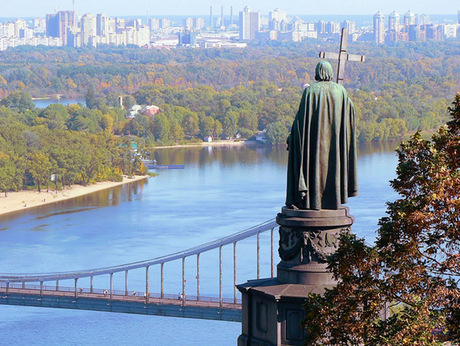
Vladimirskaya Gorka is a visit card of Kiev. It is a green and cozy place with old pavilions offering picturesque views on the left bank of Dnepr and the river itself. On Vladimirskaya Gorka young people come to celebrate graduation from school and enjoy the first sunrise of their new life. It is also the place where just married couples arrive to take beautiful pictures and enjoy the picturesque landscapes.
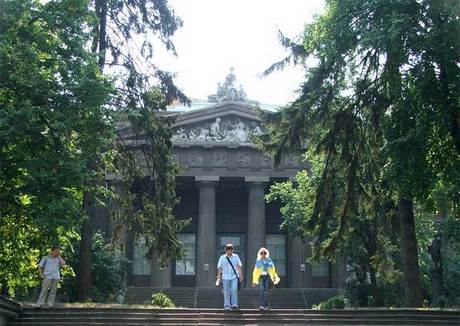
One hundred years ago, at the beginning of the history of the National Art Museum of Ukraine, which was first called the City Museum of Antiques and Art, there was hardly any concept of Ukrainian professional art. Ukraine was always famous for its national ethnographical applied art. The founders of the museum's collections decided to prove that this opinion was wrong and defined the list of main representatives of Ukrainian fine art. These scientists have included in the list not only those who were born and worked in Ukraine, but also those national-conscious artists who lived abroad. They thought that foreigners who worked in Ukraine have enriched a national culture too. These principles were the basis of their collective work.
 12 3 4
12 3 4 
